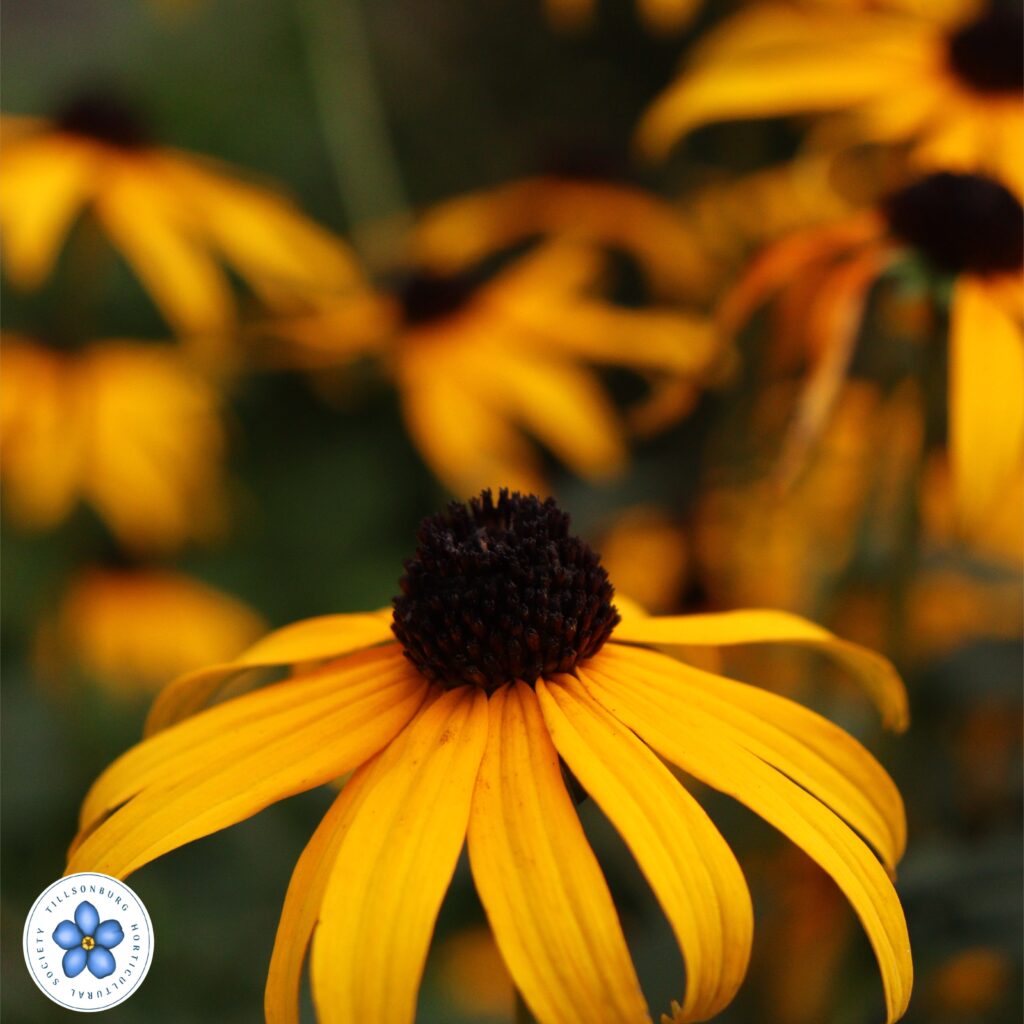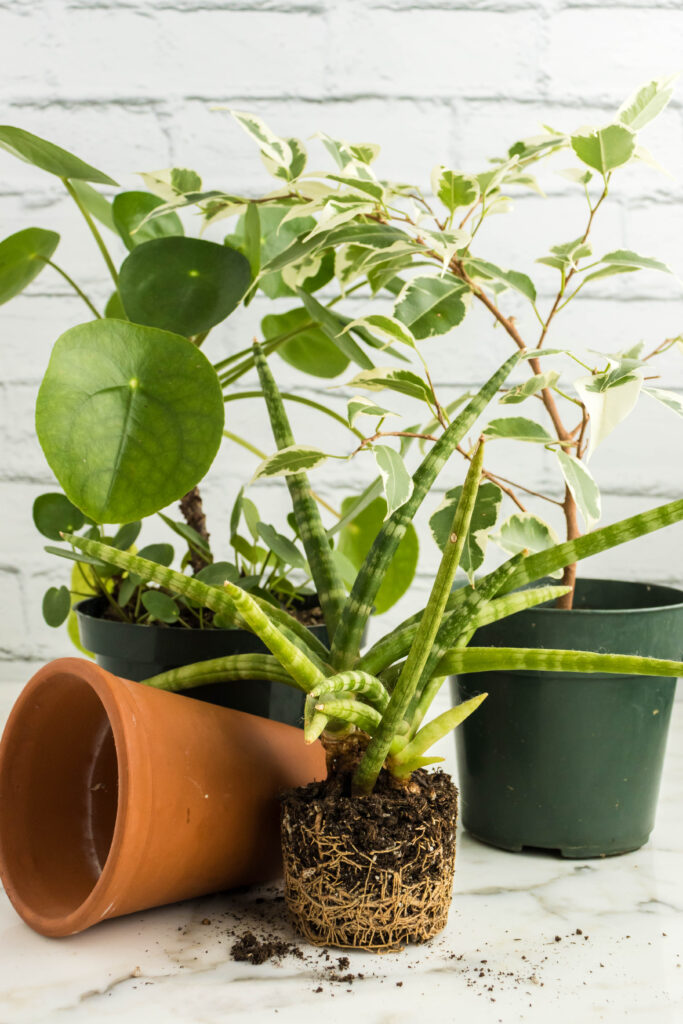By Sue Healey, Tillsonburg Horticultural Society
Orange?
When The Ontario Horticultural Association announced that the 2024 colour of the year was orange, you may have asked the question – Orange? It’s the question I’m usually asked when revealing that my favourite colour is and always has been, orange. So, I would like to congratulate the OHA on an excellent choice and use this occasion to sing the praises of a highly underrated and underused colour.
I have loved orange for decades, beginning in my teens when theglorious harvest sunrises would light my way to the fields and sometimes, when frost was close, sunsets to light my way home. Those big skies gave me an appreciation for how changeable and broad this colour was; it was warm, cool, bold, and soft. In the garden I have used and loved this wonderful colour from the very beginning. Orange punctuates a planting, instilling a sense of movement and vigour. It pairs with a broad range of colours, warm and cool both. Throughout the seasons good examples can be found in annuals, perennials, trees, and shrubs. Whether it floods the petals, or outlines an edge, orange isexciting, enticing and worthy of the title, colour of the year.
Spring brings the warmth of orange to our gardens with Crown Imperials (fritillaria imperialis) and species tulips. Both add a bold and clear colour element to the end of daffodil season. The perennial tulip, Darwin “Apeldoorn” is a glowing orange – just what we need to jolt us awake after a winter’s greyness. The Geum family, a large and varied group of low mounding plants boasts a fine assortment of bright to pale orange blooms. Bloom time bridges the gap between tulips and peonies. Late blooming wood hyacinths or early irises make pleasingcompanions to any of the spring oranges.
Summer belongs to the romance of roses, and none are as good for shades of orange as David Austin roses. This group boasts colour, repeat bloom, excellent fragrance, and hardiness. “Port Sunlight” is a soft yellow double with a warm, apricot centre and enchanting lemon scent. I partner it with sky blue perennial flax (Linum perrene) for a two week show that has me visiting daily. The next wave of orange isin July with the sumptuous display of Daylilies (Hemerocallis). Offering a wide range of luscious fruit colours; mango, apricot, peach,and melon, some have streaks, some have frills, all are wonderful in their way. My favourite daylily pairing is one of a mango-coloureddaylily set in front of a matte purple smoke bush – a combination to stop you in your tracks. For a cooler, more sedate picture, orange and green are an easy and elegant combination. Add a little silver and you have created the herbal version of a creamsicle. Miscanthus “Morning Light,” a well-behaved grass plays a backup roll to a clear orange daylily and Russian sage (pervoskia) in one of my favourite and enduring groupings. And even with pink, orange can sing (although I’ve heard it said otherwise); think of a stand of mixed zinnias at the height of summer, all ablaze with colour and butterflies – who would walk away from such a happy riot?
As autumn moves in, combinations of orange and yellow bring warmth and comfort to the garden. Marigolds and sunflowers, helenium andcrocosmia all add touches of flame. Mexican sunflower (tithonia) is a vibrant orange-red annual, tall and bold enough to mix with late season grasses. Add red and the garden becomes fiery; easy to do when leaves are changing. Asters in shades of blues are especially lovely as a counterpoint to all that rich colour.
Winter gives us a chance to use different plants, or even parts of plants as highlights in the garden during an otherwise dormant time of year. Bark and stem colour becomes more prominent against snow or dark earth. Sedums such as “Angelina” show exceptional winter colouring, the normally apple green stems tipped in neon orange are a glowing winter delight. Paperbark Maple (acer griseum) shows off vibrant fall foliage and peeling, metallic orange bark and is small enough in stature to be included in most suburban yards. I hope you take this opportunityto explore this dynamic colour, try some new combinations and break a few old rules.
If you need inspiration or are looking for more orange options, the 16thAnnual Tillsonburg Horticultural Society Plant Auction and Sale will be held on May 21, 2024, at the Lion’s auditorium. There will be plant, veggie, bake and prize tables along with live auction of great garden merchandise. Open to all, the doors open at 5:00pm.








